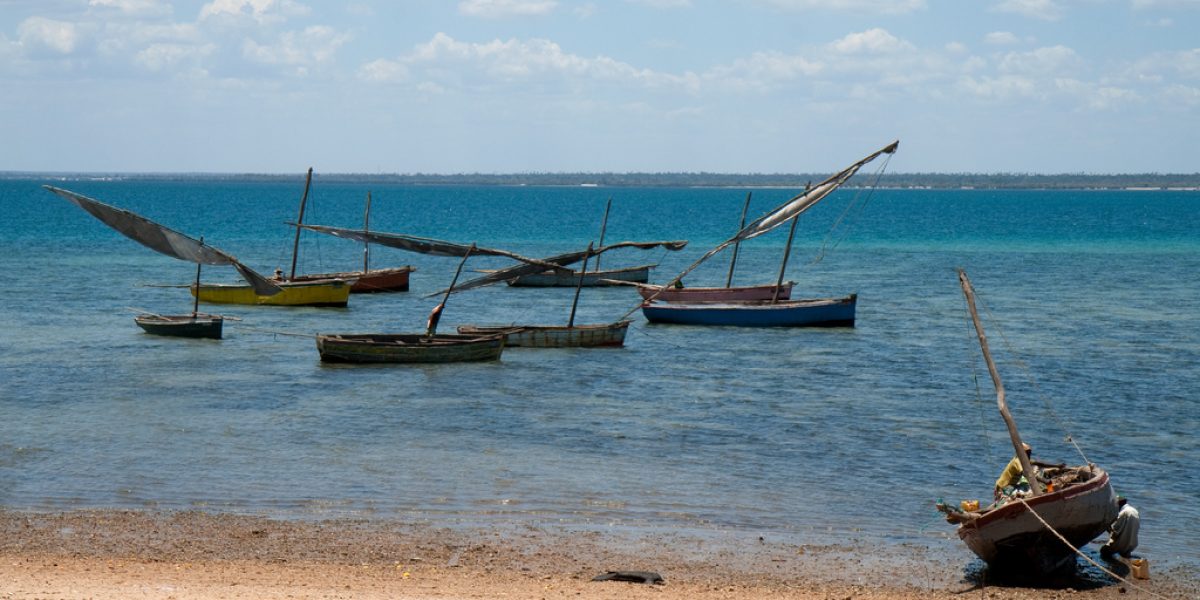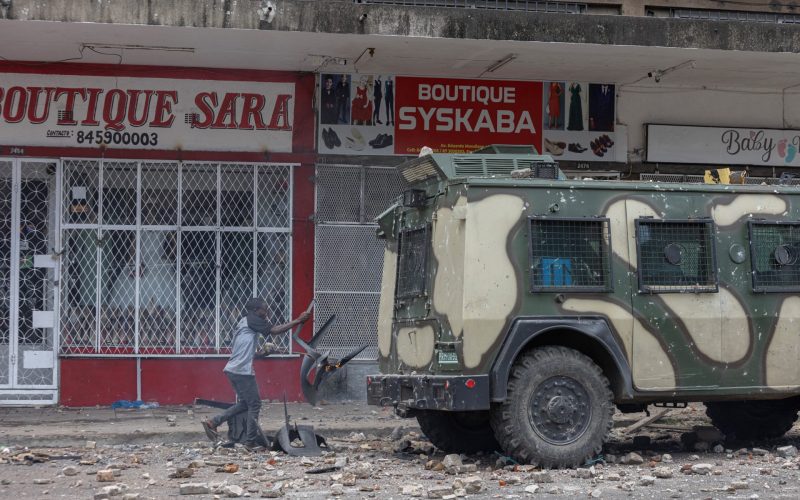The region is particularly vulnerable to pirate attacks because of the inability of individual countries, apart from South Africa, to effectively police both sea lanes and the long coast line along Africa’s eastern seaboard. The implications for internal and regional security are manifold.
A good example is Mozambique whose internal security is threatened by the severe porosity of its borders. It lacks capacity to protect its 4600km land borders, but more importantly, to patrol its nearly 2500km long coastline. This carries the associated risks of cross-border crime, including the trafficking of drugs and arms, as well as that of maritime piracy. The Mozambican government is acutely aware of the importance of protecting its maritime borders, and has been making significant progress in mobilising its regional and international relationships to assist its efforts in this area.
The most meaningful cross-border development in this regard is likely the Memorandum of Understanding (MoU) on maritime security cooperation that will see Mozambique, South Africa and Tanzania combining their efforts in securing their sea borders, particularly from pirates. This agreement, announced in February 2012, constitutes the first substantial contribution by SADC member states in the global fight against piracy. It was motivated by the threat pirates pose to seafarers, the severe cost implications thereof on national, regional and global economies, and fears of piracy spreading southwards into the Mozambican Channel. Ancillary benefits are also expected in the reduction of drug trafficking, preventing illegal fishing and intercepting the arrival of illegal immigrants by sea.
The MoU came about after an assessment on modalities for addressing criminal activities in the Indian Ocean, as conducted by military experts from the three countries. It allows for multifaceted maritime security cooperation including information-sharing, surveillance, and conducting joint military exercises and operations; as well as for patrolling, undertaking hot pursuit of suspected criminals, arrest, search and seizure.The South African Navy has provided one frigate, the SAS Mendi, which has been deployed to patrol the Mozambican Channel and to conduct anti-piracy activities there. It is hoped that a naval presence will help to reduce incidents of piracy, which were reported by the Tanzanian officials to total nine in 2011 and 29 in 2010 off the coast of that country alone.
Indeed, the trilateral arrangement already has one success under its belt following an incident in April 2012, which saw the three countries fend off their first pirate attack, in cooperation with international forces. A vessel of the South African Navy, the SAS Drakensberg, along with the Tanzanian Navy and the European Union, were able to rescue a Sri Lankan vessel which had been held to ransom for six months, as well as to arrest five of the pirates thought to be responsible. The South African Navy and Air Force managed to push the pirates northwards towards the Tanzanian Navy and EU forces, thus effectively cornering the pirates and leading to their arrest. The successful operation illustrated that the agreement can be successful in practice through the willingness of the partners to cooperate. As put by the South African Navy, the event makes “clear that the tripartite agreement… and the subsequent deployment of SADC forces to safeguard our sea lanes, is paying dividends in ensuring the safety of our seafarers and their precious cargoes”.
These efforts have been further facilitated by development support from the US and Norwegian embassies in Mozambique. The US has been assisting in ramping up coastal security operations by providing Rigid Hulled Inflatable Boats (RHIBs) for patrolling purposes, as well as by offering training in the operation of these boats. They have also contributed towards border security training, while assisting with the establishment of radar capacity for Mozambique to detect and monitor vessels. Norway has financed two vessels that will allow for the monitoring of fishing lanes as an additional measure to secure Mozambique’s coastal borders and to prevent maritime crimes.
Mozambique still has some way to go in increasing its capacity to secure its borders and address the security challenges that it faces, both on land and at sea. Nonetheless, the largely pre-emptive regional measures, as well as the first concrete illustration of how they can work in practice, must be welcomed. For a country with limited resources – human and financial – this kind of regional and international cooperation must be saluted and its replication should be encouraged in other areas.








